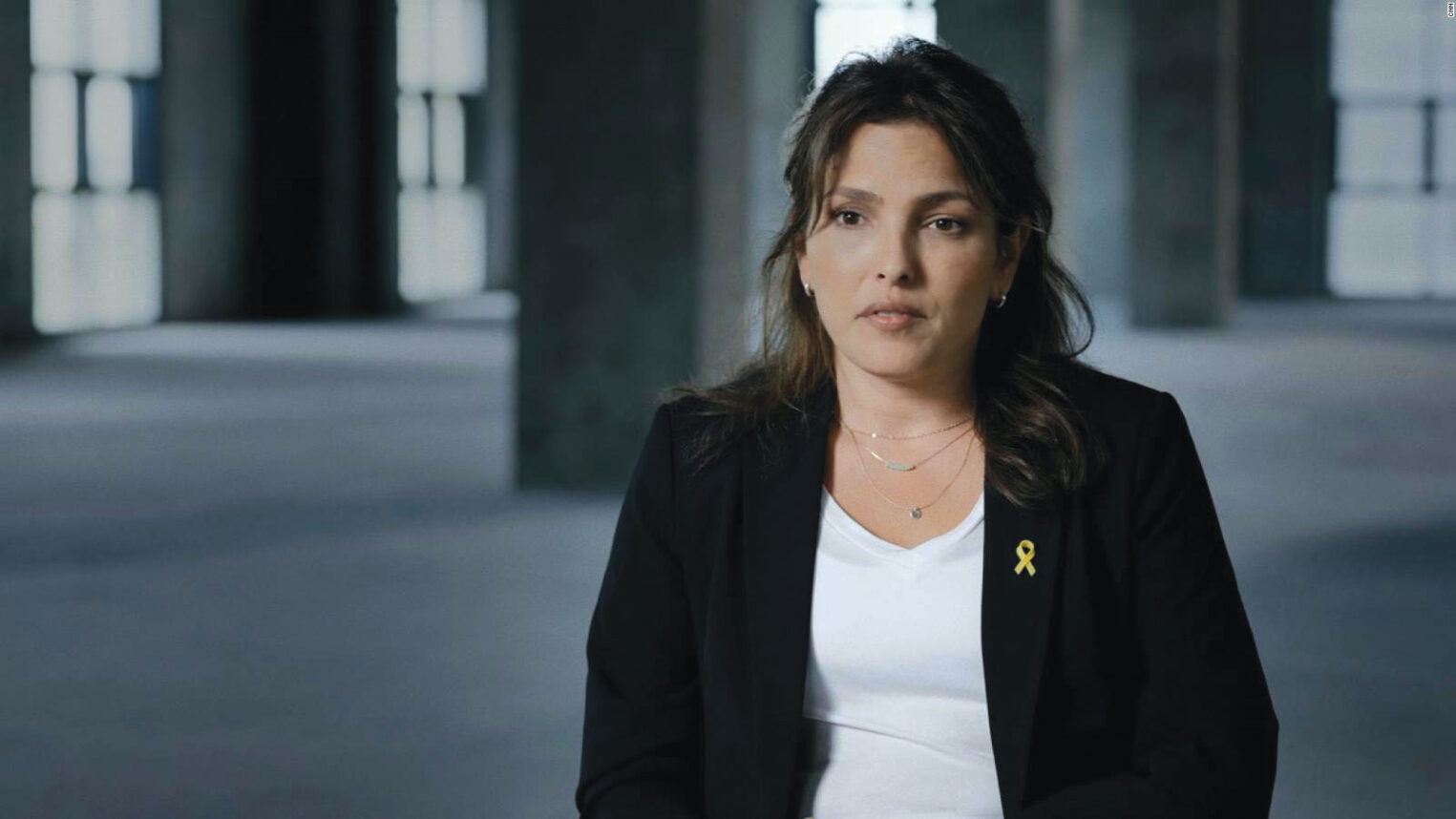Jewish young adults of all sexual orientations want to participate in mainstream Jewish life, even as some feel uneasy in conventional religious settings. That sentiment was expressed by many participants at the National Union of Jewish Lesbian, Gay, Bisexual, Transgender, Intersex, Queer and Questioning Students’ (NUJLS) conference, which took place at the University of Southern California from January 15 to 17.
The conference attracted 50 university students and recent graduates from more than a dozen universities throughout the United States and Canada. Held each year since 1996, the conference offers participants a mix of education on Jewish issues with regard to gays, lesbians, bisexuals and transgenders (GLBT), leadership development, advocacy training, network-building opportunities and social events.
“Within the GLBT community, it can be challenging to be religious,” said NUJLS Executive Director Vinny Prell. “There’s an expectation that religion is repressive and that you can’t be a person of faith and be GLBT. Some students in GLBT spaces get a lot of nonverbal messages about being religious.”
On the other hand, one of the biggest challenges within the Jewish community is a lack of awareness of how to be welcoming to the GLBT community, Prell said.
Opportunities to affiliate within the wider Jewish community are increasing, Howard Solomon, president of the World Congress of GLBT Jews, told one workshop. “The world in many ways is becoming the world we wanted to create in the 1980s. The world is on a continuum moving in the right direction,” he said.
GLBT congregations established in the 1970s with the start of the gay rights movement are graying and trying to attract younger members in order to survive, Solomon said. Despite trends in both mainstream and GLBT synagogues, some students reported feeling uncomfortable in either setting, though many indicated their preference for a progressive, mainstream synagogue.
“I want a place that’s accepting to all and that has a great bluegrass banjoist playing at services,” said a recent graduate of San Diego State University, adding that she had felt awkward during High Holy Day services in September at a GLBT synagogue when a member started making advances toward a friend she had invited to come with her.
“It’s scary to go to synagogue alone,” said another participant, as many heads nodded in agreement. “When I had a partner, we went every Friday night. I would love to go to synagogue every Friday night, but I don’t want to go alone.”
Several students expressed frustration over Orthodox Judaism’s positions on sexuality. “Orthodox Judaism is so full of ‘heteronormativity’ and I want to know why that is,” said Alec Fox, 21, who said he came to the conference primarily to explore this issue. “As this country is becoming more accepting, maybe the next generation of modern Orthodox will lean this way. I want to know how that will infiltrate Orthodox thinking.”
The Emory University junior grew up in an Orthodox synagogue but identifies with the Conservative movement, which has lifted most prohibitions on homosexual conduct. For others, however, the schism between Orthodoxy and homosexuality is deeply personal. One female student who grew up in an Orthodox home said she had to leave her religious fold after acknowledging she was a lesbian. Orthodox doctrine has lost much of its relevance to her, she said, yet she remains steeped in many of its values and ways of thinking. She lamented her inability to find a comfort zone where she can reconcile her sexual orientation with her social values and spiritual beliefs, feeling put off by the often very liberal GLBT community, yet closed off from the practice of Judaism in the manner she prefers.
While several students wore kippot at the conference, Prell said that only a few participants this year called themselves Orthodox. At the 2008 conference at Columbia University, which Prell said attracted a much larger number of students, nearly one-third said they identified with the Orthodox movement. Some workshops explored traditional and contemporary rabbinic understandings of homosexuality. Paul Cohen of Congregation Sha’ar Zahav in San Francisco, a progressive, Reform synagogue, shared its recently published siddur, which includes blessings, prayers and poetry that speak to the lives of contemporary GLBT Jews. The process of “queering” Jewish customs was the subject of a discussion led by Naomi Cohen of JQ International, a West Hollywood-based GLBT Jewish movement.
Students said that transgenderism, where one is born one gender but lives as the other, remains a hard pill for many to swallow.
“Gender issues, the way you think about your body, not being comfortable with the body you’re in, is really difficult to discuss, especially among Jews,” a female student, who like many interviewed for this article asked not to be identified for privacy reasons, said during a roundtable on how to make Jewish communities transgender-friendly.
Another student added that Jewish ideas of normative gender roles can be rigid, which prevents meaningful dialogue about gender identity from taking place. Without those dialogues, the transgender community remains outside the circle of inclusion.
Workshop leader Lisa Finkelstein, director of the LGBT Alliance at the JCC of San Francisco, the Peninsula, Marin and Sonoma Counties, urged students to encourage discussions of gender in order to make their Jewish communities more transgender-friendly.
Solomon said that while some students still struggle to find their place within the Jewish community, they are becoming increasingly self-assured about how and where they fit in.
“The Reform, Reconstructionist and Conservative movements have made the right statements about inclusion and ordination,” he said. “That sends an enormous message to Jewish girls and boys. Jewish kids are seeing this and seeing it’s not an issue. And when it’s not an issue, life is more simple.”






















 More news and opinions than at a Shabbat dinner, right in your inbox.
More news and opinions than at a Shabbat dinner, right in your inbox.